What is a Chatbot and How Does
It Work? The Ultimate Guide for 2025
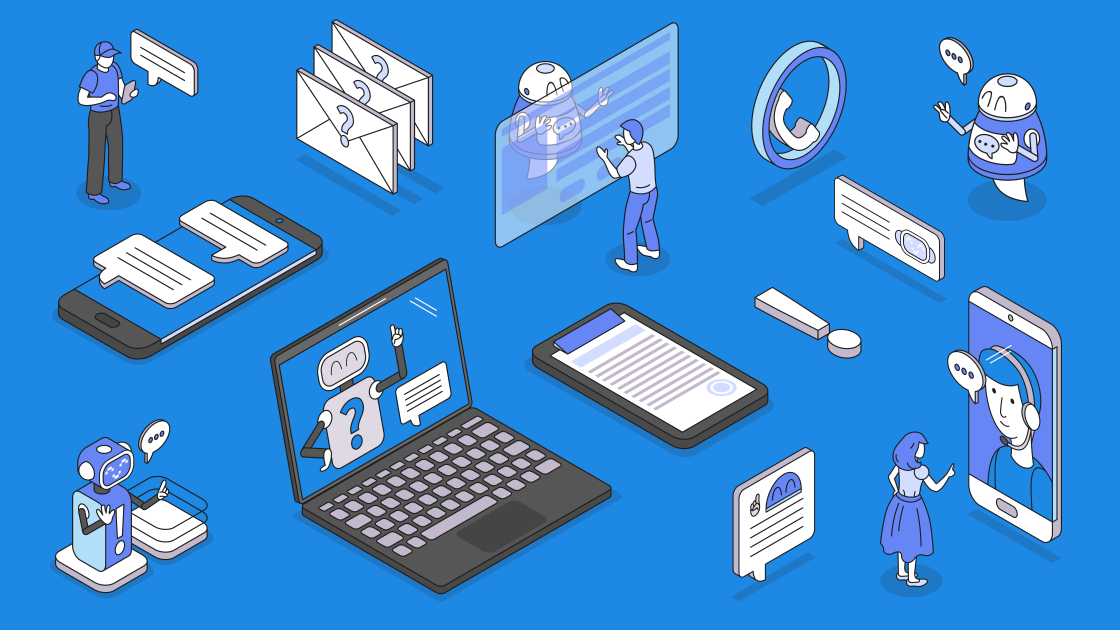

It might not be so obvious, but automation has deeply infiltrated and radically changed our lives. One of the forms automation takes is chatbots, which can now be found almost everywhere. We bet you have encountered a chatbot at least once!
Let’s see what chatbots are, how they work, and what they are used for.
Table of contents:
A chatbot is a computer program that can interact with a user and act as an interlocutor, simulating human conversation.
Depending on the purpose, chatbots can perform various actions: answering users’ questions, collecting contact details, providing information, booking a table in a restaurant, helping place orders, and much more.
Today, bots can be found on all sorts of platforms, including websites, social media, messengers, and mobile apps.
There are different types of chatbots, which vary considerably in how they work. Generally, chatbots are divided into two main types:
Let’s look at each of them in more detail.
Rule-based chatbots are currently the most common. Such chatbots work in accordance with specific instructions that are determined during their development. Their responses are always predefined and are sent to the user when certain conditions are met.
Most often, rule-based chatbots work according to a tree-structured scenario. Conversations with such chatbots are conducted using buttons that present reply options for the user. When the user clicks on a button, the chatbot sends them the appropriate response. For example, on our website, we use the same type of chatbot:
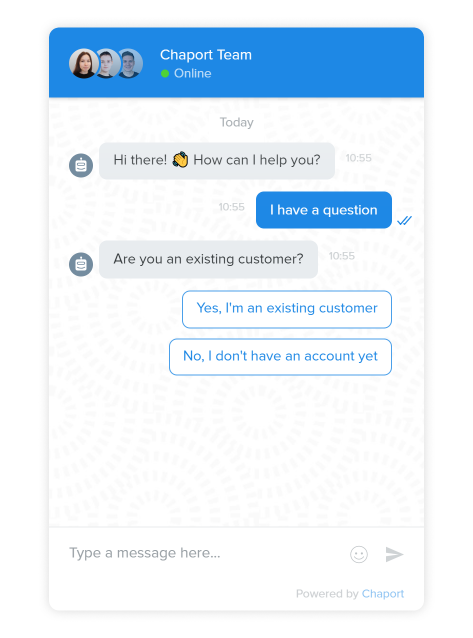
Chatbot on chaport.com
Beyond that, rule-based chatbots can work based on keyword recognition. With this approach, responses are also predefined: they are sent depending on the keywords in the user’s message. Most often, chatbots with keyword recognition are used to provide helpful information, such as knowledge base articles and guides.
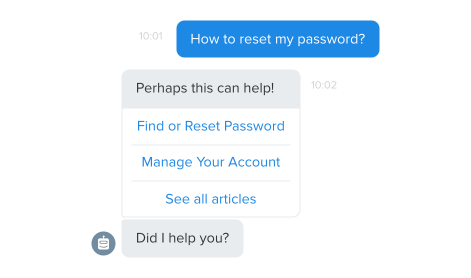
Keyword recognition-based chatbot in Chaport
AI-based chatbots are more complicated. They use machine learning and natural language processing. Unlike rule-based chatbots, AI chatbots generate responses themselves based on datasets that were used to train them. What’s more, such chatbots continue to learn further, even after they are launched.
Chatbots based on AI can make conversation more natural and flexible. Well-known examples include Examples of such bots include well-known Amazon’s Alexa, Apple’s Siri, and ChatGPT.
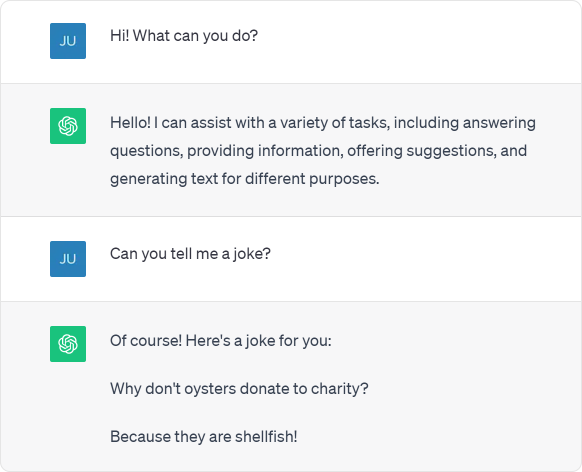
Conversation with ChatGPT
The popularity of chatbots is growing, and more and more companies are starting to implement chatbots to interact with their customers. Businesses can greatly benefit from using chatbots, and here’s how:
Businesses often use chatbots to automate customer support. Of course, bots won’t be able to answer all customer questions, but they do an excellent job of processing common queries.
Plus, the response time of a chatbot is usually much shorter than the response time of human operators, especially if support is provided by phone. If you use a chatbot, your customers can receive an answer there and then without waiting for a support agent.
Many chatbots can also transfer chats to human operators so that if the bot can’t answer a question, customers will still have the opportunity to contact support directly.
Chatbots help you keep customers interested in your brand. They can initiate communication with your customers, promote your special offers, share news, and offer personalized recommendations.
One of the new trends in digital marketing, which is also actively used in chatbots, is gamification — the application of game elements in communication with customers. For example, to encourage customers to interact with your brand, a chatbot can propose that they complete a small task in exchange for a discount or some other reward.
Chatbots can work at any time of the day or night with no breaks or weekends. This is especially important for companies that can’t stay in touch with customers 24/7. Even during your offline hours, chatbots will continue to interact with your customers, answering their questions, entertaining them, and generating leads.
Chatbots make it possible to automate a large number of tasks that had previously been done manually. These include handling repetitive questions, collecting feedback and other information, helping with choosing a product, placing orders, and much more.
By delegating routine tasks to a chatbot, you can effectively lighten the workload of your employees. This enables them to redirect their time and energy toward more critical and high-priority tasks.
Automating routine tasks will also help you reduce costs on your customer support. A large number of customer questions can be resolved by chatbots without involving a human agent. Thus, you will need fewer employees to provide support, which means you can reduce the costs of salaries, training, benefits, and related overhead costs.
This cost reduction can contribute to overall budget optimization, allowing resources to be allocated to other critical areas of the business or invested in further enhancing customer experiences.
Chatbots are convenient, and not only for businesses but also for customers. Bots make our lives easier, and they are able to perform various tasks: answering questions, helping with ordering, sharing news, sending reminders, automating learning processes, and more.
In addition, chatbots can serve as a bridge between businesses and their customers. Not all people like to communicate with company representatives directly: some will find it much easier to talk to a chatbot.
There are two ways to create a chatbot:
The first method is usually used to create complex chatbots based on AI. Custom development may require a significant amount of time and money, so this method is more suitable for mid-sized and enterprise-level businesses.
In practice, for most companies, using a chatbot builder will suffice. Today, there are many platforms that don’t require any programming and allow you to create bots with fairly wide functionality.
The functionality of chatbot builders may vary depending on the channel they are targeted at: messengers, apps, or websites.
For example, in Chaport, there’s an editor that allows you to create chatbots for websites and web apps. You can use such chatbots to send messages to your website visitors or app users, answer their questions, collect information, and transfer chats to operators.
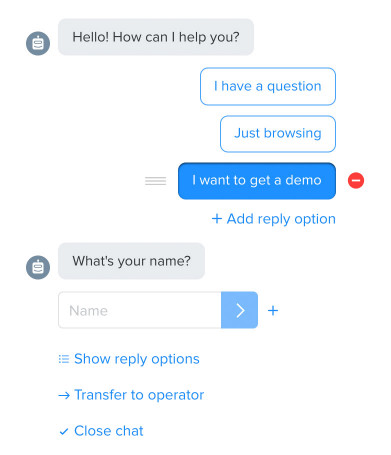
Chatbot builder in Chaport
Some builders focus on creating chatbots for messengers and social media. For example, ManyChat allows you to build chatbots for Facebook Messenger, Instagram, and Telegram.
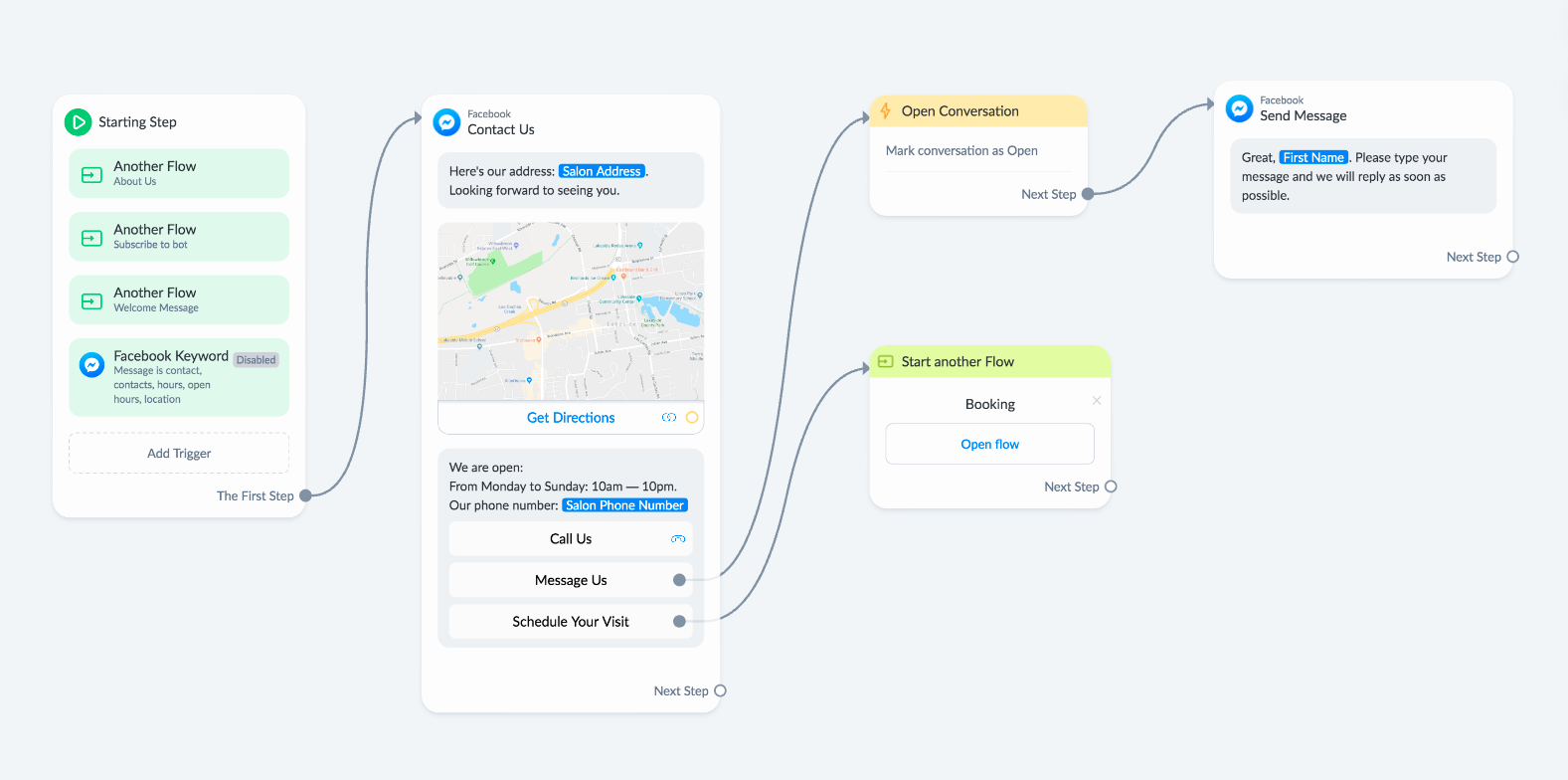
Chatbot builder in ManyChat
There are plenty of use cases for chatbots. Let’s look at the most popular ones:
This is perhaps the most common use case for chatbots. To answer customers’ questions, you can use both button-based chatbots and bots with keyword recognition. For example, in Chaport, you can create a bot that analyzes user messages and offers relevant articles from a knowledge base.
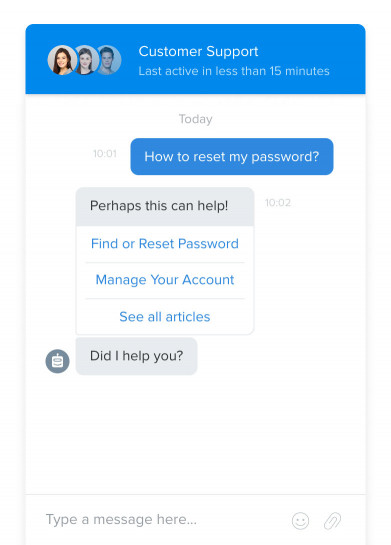
FAQ bot in Chaport
Another common use case is installing a chatbot on a website to attract potential customers. Such chatbots can engage with site visitors, collect their contact information, and, if necessary, transfer chats to sales or support agents.
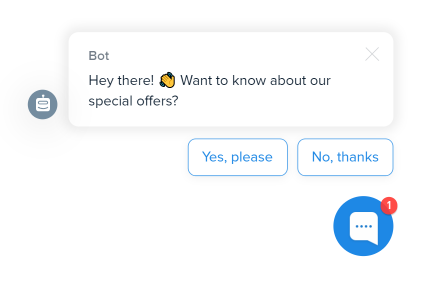
Lead generation chatbot on a website
Chatbots can also act as virtual shopping assistants that can offer recommendations and help customers choose a product. Using such chatbots is a great way to increase customer engagement and sales.
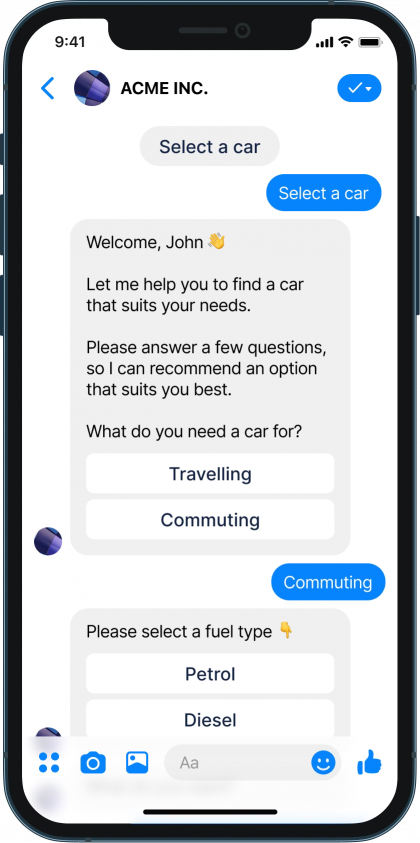
Chatbot for car recommendations. Source: chatfuel.com
In addition to giving shopping advice, some chatbots can also take orders. Such bots are often used by restaurants, cafes, and other foodservice companies. This is a great way to enhance customer convenience, minimizing the need for human interaction and optimizing business operations.
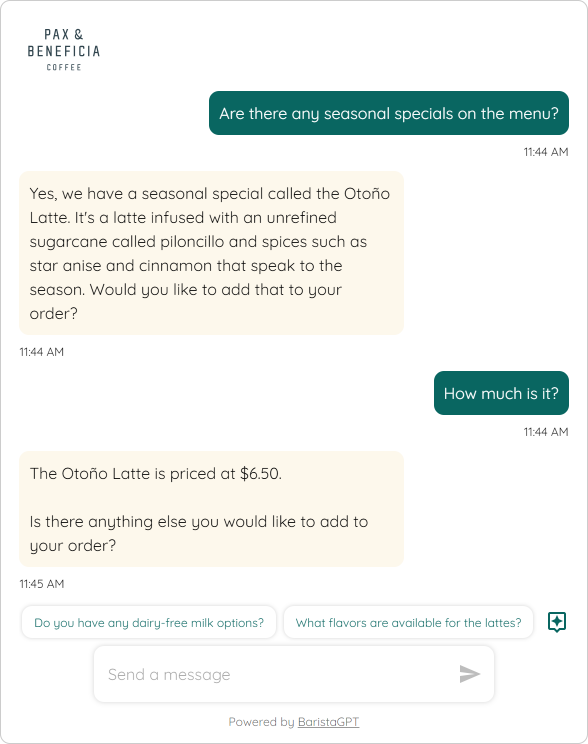
Conversation with the P&B coffee shop chatbot. Source: pax.baristagpt.com
Delivery and logistics companies have also managed to put chatbots to good use: with their help, customers can check delivery status in a couple of clicks, change a shipping address, and get a package arrival notification.
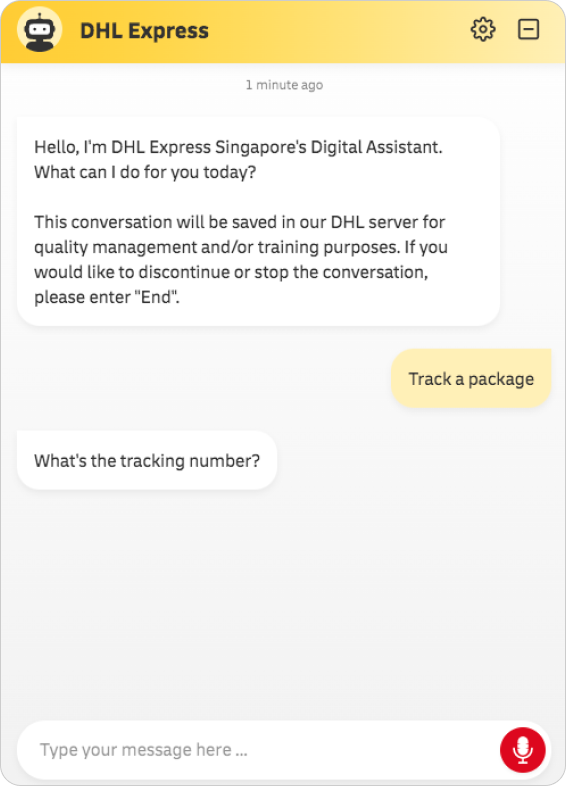
Chatbot on dhl.com
Banking is one of the industries that use the most advanced chatbots. Many large banks have already implemented chatbots and voice assistants in their mobile applications.
Banking bots work with a wide range of tasks: giving financial advice, completing money transfers, tracking expenses, and managing payments.
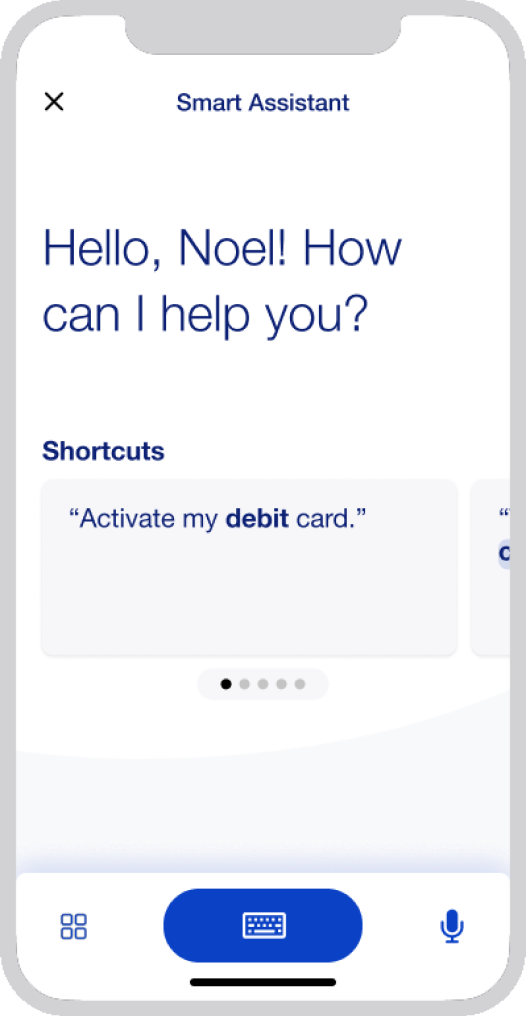
Virtual assistant in the U.S. Bank mobile app. Source: usbank.com
Chatbots can help customers to book an appointment, demo, or meeting. They simplify interactions between customers and companies and save a lot of time for all parties. Such chatbots are useful for businesses in various industries, from beauty salons to IT companies.
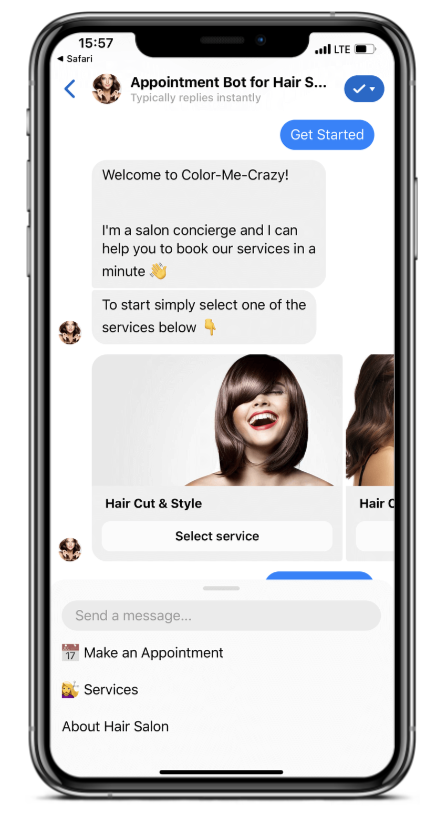
Hair salon chatbot. Source: botmakers.net
Today, chatbots are actively used in online learning. They allow you to automate interactions with students throughout their journey, from the first contact to the end of their studies. In addition, chatbots help personalize learning for each student based on their interests, experience, and pace of learning.
Chatbots can register students for your courses, provide learning materials, remind them about homework, test their knowledge, and collect feedback after completing courses.
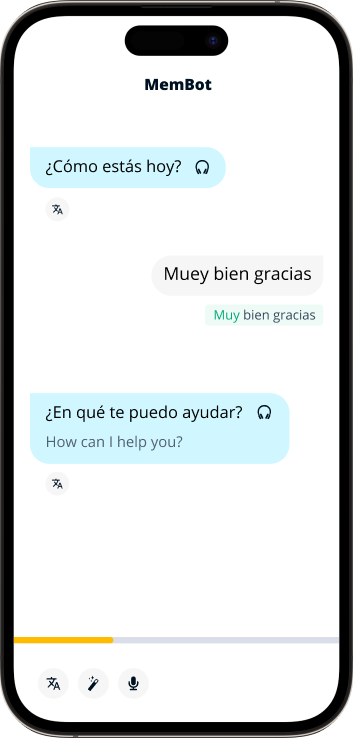
The Memrise chatbot for language learners. Source: memrise.com
Chatbots can also be used simply for entertainment and communication. Their capabilities can vary greatly: it all depends on your imagination. For example, there are chatbots that can tell jokes, send quizzes, play games with users, share news, or just chat with users on any topic.
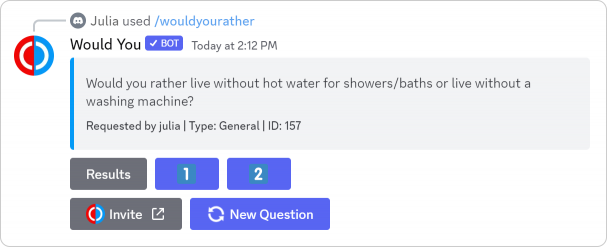
Discord bot for playing Would You Rather
Chatbots have emerged as an essential tool for businesses, with their presence spanning across various platforms. Whether they are rule-based or AI-powered, the ultimate goal of chatbots in business remains the same: to streamline operations and make our lives a little easier. Not only do chatbots offer automated customer support, but they also contribute to improved customer engagement and increased sales.
Want to create a chatbot for your business? In Chaport, it only takes a couple of minutes! No coding skills required. Sign up for a free trial to get started.
